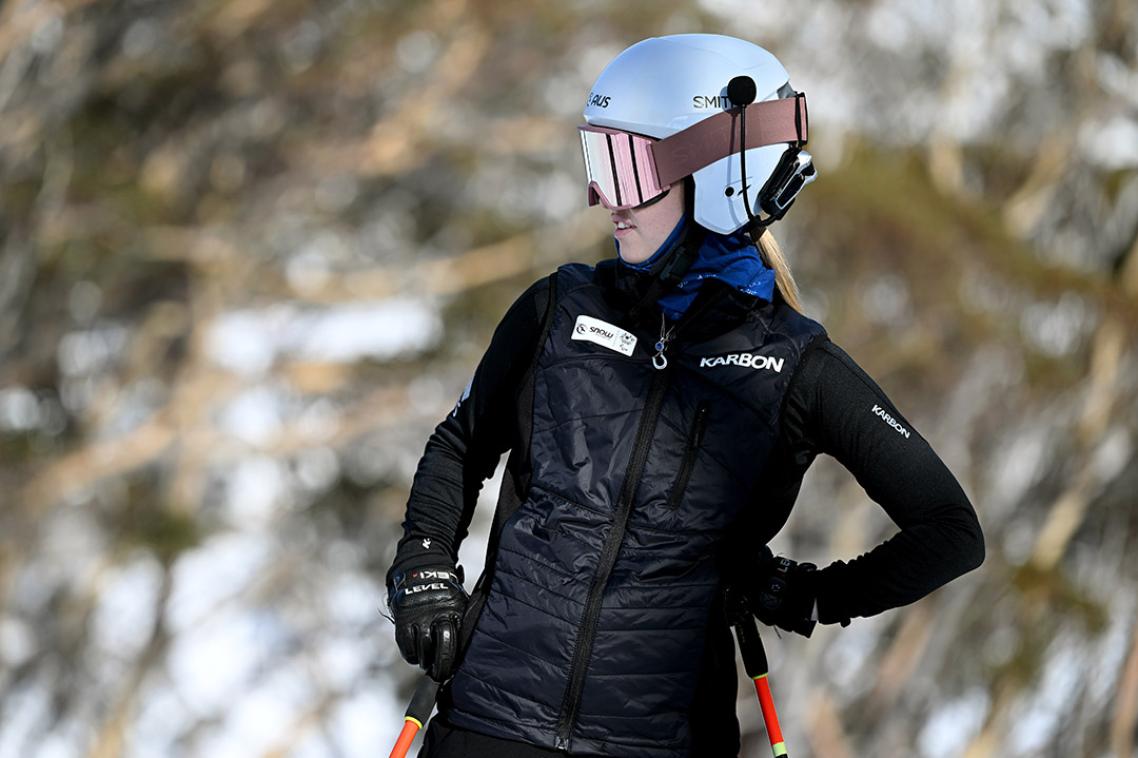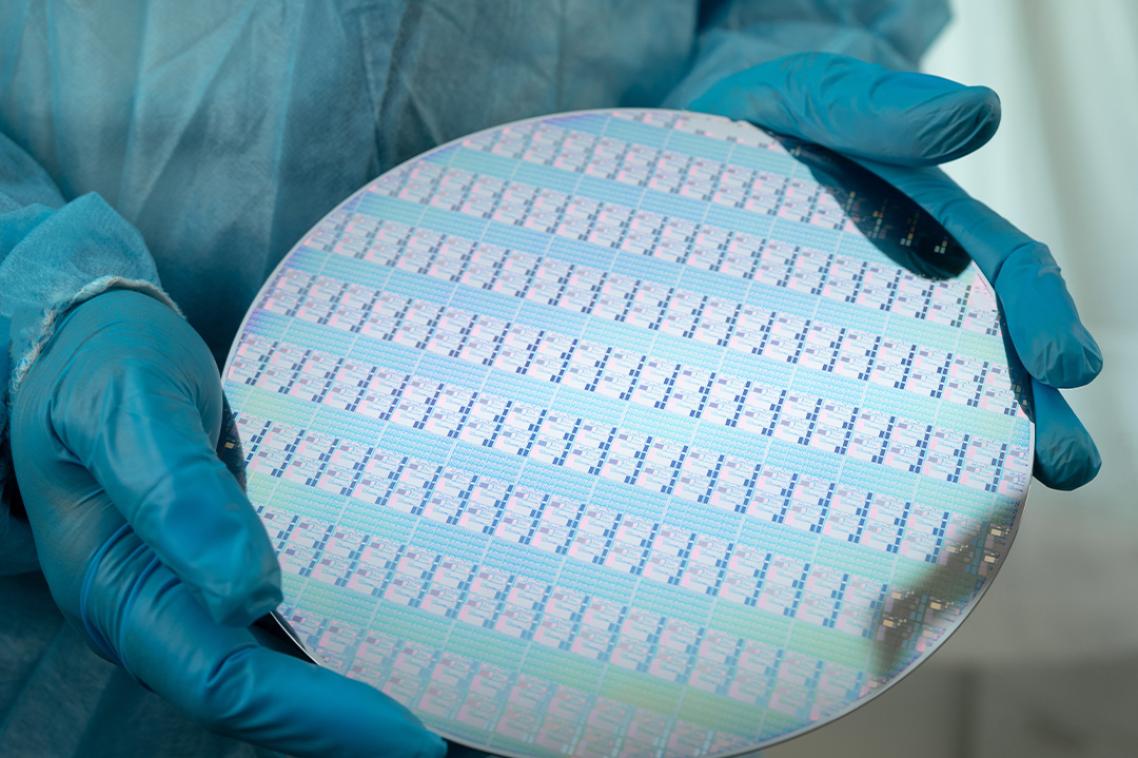Researchers develop AI techniques for Barbary sheep
A University of Queensland researcher is part of a collaborative project resulting in the world's first two Barbary Sheep born through artificial insemination (AI).
Postdoctoral fellow in wildlife reproduction Dr Steve Johnston said the lambs were born earlier this year at Western Plains Zoo near Dubbo.
"The project has applied reproductive techniques and protocols normally used for domesticated animals to an exotic species," Dr Johnston said. "It's another step in the right direction for helping to increase the genetic diversity of animals in captivity."
Last year UQ researchers Dr Johnston and Dr Michael McGowan announced the birth of the world's first koala babies born following artificial insemination. The six babies in that project at Lone Pine Sanctuary are all healthy and now 18 months old.
Dr Johnston said that Barbary Sheep were used in the latest project as the reproductive biology of this species was similar to that of domesticated sheep and goats.
Barbary Sheep frequent mountains and rocky areas from northern Niger to the Sudan and Ethiopia. Although not endangered, Barbary Sheep, like most wild goat species, are declining in numbers throughout their range.
Dr Johnston, of the Department of Animal Health and Production, said two Barbary sheep were successfully inseminated giving birth to one lamb each - a male and a female.
Semen was collected from a mature male and inserted into the uterus of the females by laparoscopy following a program of hormone injections to prepare the female for insemination. The project involved staff at Western Plains Zoo, Charles Sturt University and Dubbo veterinarian Dr Ross Pedrana.
Dr Johnston said the role of assisted reproduction was increasing in zoos.
"These technologies may overcome some of the traditional limitations of conventional breeding programs faced by zoos throughout the world, such as limited physical space and the need to maintain large numbers of animals for the preservation of genetic diversity," he said. "Using assisted breeding technology we can store literally thousands of animals in a liquid nitrogen canister, and this material can be safely transported globally."
"In March 2000 we hope to advance the project to the next stage by using frozen Barbary Sheep sperm for artificial insemination, and also employing embryo transfer techniques.
"The idea is to build up a genome resource bank of these animals and embryos. We also plan to develop similar technologies in other wild species such as Banteng cattle from South-East Asia and Eland, a type of African antelope. These species are not too far removed from their domestic equivalents. However, in time, and with further experience, we hope to choose species a little more challenging such as Rhinoceros and Giraffe."
Dr Johnston said while assisted reproduction was useful for managing endangered species in captive breeding programs, such techniques should not be seen as a panacea for conservation problems.
Further information, Dr Steve Johnston telephone 07 3365 578
Related articles

Sunshine state to the slopes - Georgia Gunew’s path to the Winter Paralympics

Superconducting germanium made with industry-compatible methods
Media contact
UQ Communications
communications@uq.edu.au
+61 429 056 139
